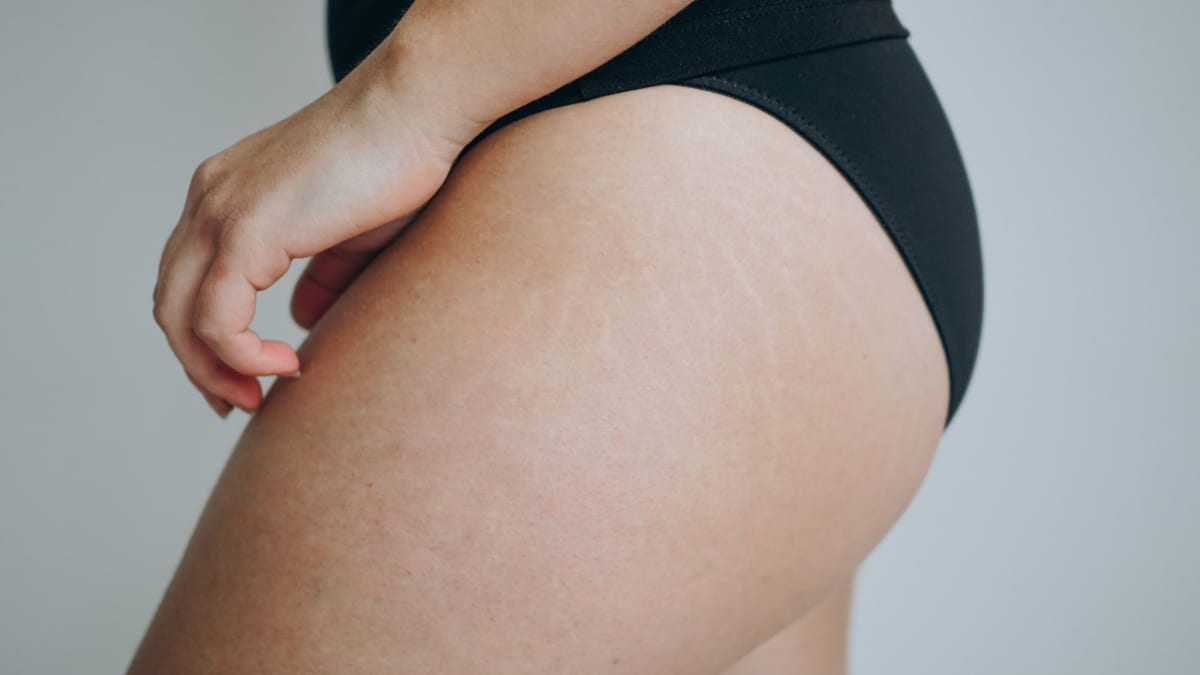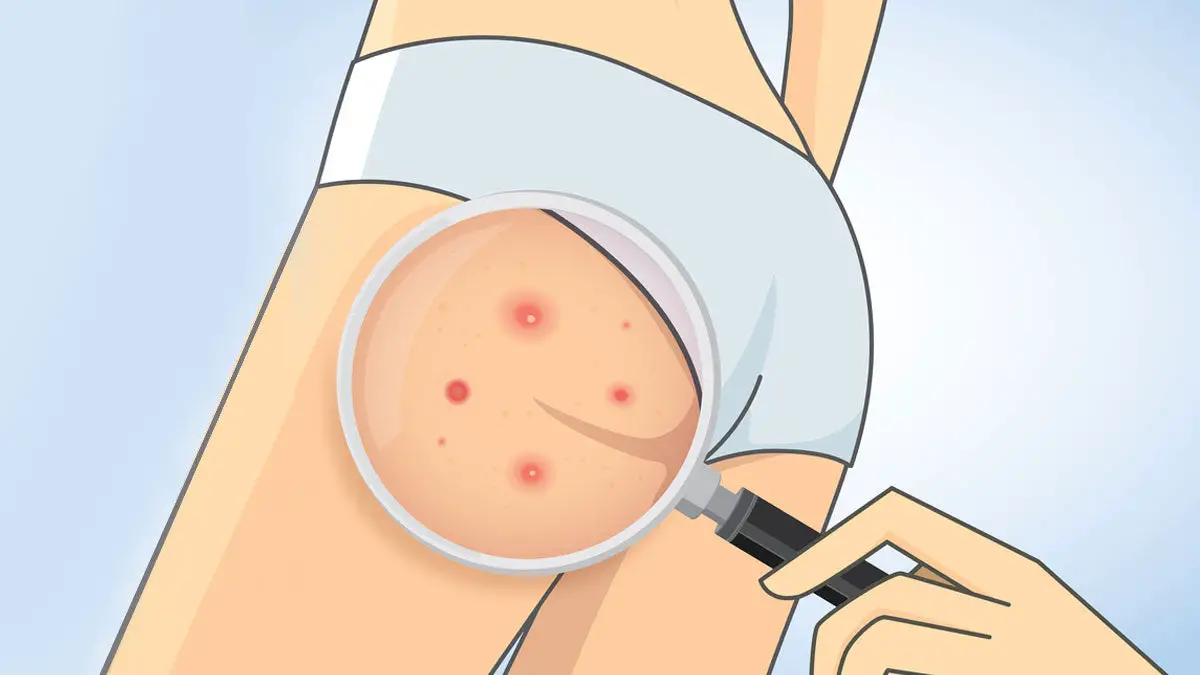Keratosis Pilaris in Adults: Understanding and Managing the Condition
As a beautician, you often encounter clients with various skin conditions, each presenting its own set of challenges. One condition that frequently arises is keratosis pilaris in adults. This skin condition, commonly referred to as 'chicken skin,' is not only a cosmetic concern but can also affect an individual's confidence and self-esteem. Understanding the nuances of this condition is essential for providing effective care and guidance to your clients.

What is Keratosis Pilaris?
Keratosis pilaris is a common skin condition characterized by small, rough bumps on the skin, typically found on the arms, thighs, and buttocks. These bumps are caused by a buildup of keratin, a protein that protects the skin from harmful substances and infection. In individuals with keratosis pilaris, excess keratin forms hard plugs within hair follicles, leading to the formation of these characteristic bumps.
While keratosis pilaris in adults is generally harmless, it can be a source of frustration due to its appearance. Many adults seek solutions to smooth their skin and alleviate the rough texture associated with this condition. As a beautician, your role is crucial in helping clients manage and improve their skin's appearance.
Identifying Keratosis Pilaris in Adults
Recognizing keratosis pilaris in adults is the first step in addressing the condition. The bumps are typically flesh-colored, red, or brown and often feel like sandpaper. They may be more pronounced during the colder months when the skin tends to be drier. In some cases, the skin around the bumps may become red or inflamed, adding to the cosmetic concern.
To confirm a diagnosis, a visual examination is usually sufficient. However, in some cases, a dermatologist may perform a biopsy to rule out other skin conditions. It's important to reassure your clients that keratosis pilaris is a common condition and can often be improved with the right skincare routine.
Skincare Routine for Keratosis Pilaris
Developing an effective skincare routine is essential for managing keratosis pilaris in adults. Here are some key steps to consider:
- Exfoliation: Regular exfoliation can help remove dead skin cells and prevent keratin buildup. Opt for gentle exfoliants that won't irritate the skin. Consider recommending products with alpha-hydroxy acids (AHAs) or beta-hydroxy acids (BHAs) for their ability to break down keratin and smooth the skin's surface.
- Moisturization: Keeping the skin well-hydrated is crucial for minimizing the appearance of bumps. Suggest moisturizers that contain ingredients like urea, lactic acid, or glycerin, which can help soften and smooth the skin. For more information, you can refer to this urea cream for keratosis pilaris.
- Sun Protection: Encourage your clients to use sunscreen daily, as sun exposure can worsen keratosis pilaris by drying out the skin. A broad-spectrum sunscreen with SPF 30 or higher is ideal.
Professional Treatments for Keratosis Pilaris
In addition to a diligent skincare routine, professional treatments can offer significant improvements for keratosis pilaris in adults. Some options include:
- Laser Therapy: Certain laser treatments can reduce redness and improve skin texture by targeting hair follicles and promoting collagen production.
- Microdermabrasion: This exfoliating treatment can help remove the outer layer of dead skin cells, revealing smoother skin underneath.
- Chemical Peels: Chemical peels containing glycolic or salicylic acid can help improve the skin's appearance by removing dead skin and stimulating cell turnover.
It's important to discuss these options with your clients and help them determine the best course of action based on their skin type and the severity of their condition. For more prevention tips, refer to this keratosis pilaris prevention guide.

Lifestyle and Diet Considerations
While skincare plays a significant role in managing keratosis pilaris in adults, lifestyle and diet can also have an impact. Encourage your clients to maintain a healthy diet rich in omega-3 fatty acids, vitamins A and E, and antioxidants. These nutrients support skin health and may help reduce inflammation.
Additionally, staying hydrated by drinking plenty of water and limiting hot showers can prevent the skin from drying out. For more insights on dietary changes, you can explore our diet for keratosis pilaris improvement article.
FAQs About Keratosis Pilaris in Adults
1. Can keratosis pilaris be cured?
Keratosis pilaris is a chronic condition, but its appearance can be significantly improved with proper skincare and lifestyle adjustments.
2. Does keratosis pilaris get worse with age?
Keratosis pilaris may improve or worsen over time. Some individuals notice an improvement as they age, while others may experience persistent symptoms.
3. Can diet affect keratosis pilaris?
Yes, diet can play a role in managing the condition. A diet rich in omega-3 fatty acids and antioxidants may help improve skin health and reduce inflammation. Learn more about dietary strategies in our diet improvement guide.
For further reading on keratosis pilaris in adults, you may find this WebMD article helpful.

